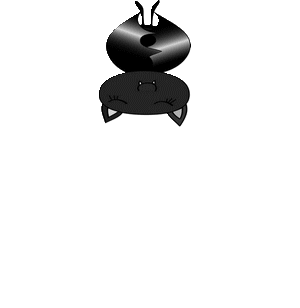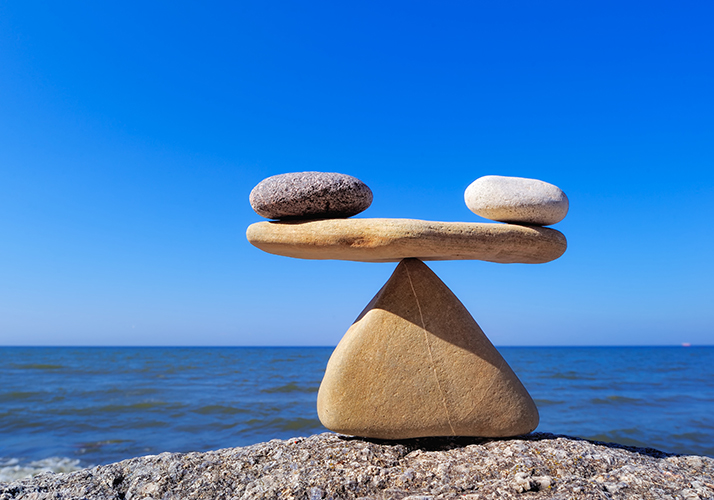Mastering Volume Measurement in Science: Practical Methods and Expert Guidance
Introduction to Volume in Science
Understanding how to find volume is essential in many scientific fields, from chemistry and physics to biology and engineering. Volume measurement provides a quantitative way to describe the amount of space an object or substance occupies. Whether you’re working in a laboratory, classroom, or field setting, mastering volume measurement techniques ensures accurate results and supports further scientific analysis.
What is Volume and Why is it Important?
Volume refers to the three-dimensional space an object or substance occupies. It is a fundamental property in science, used to determine quantities, perform calculations, and compare substances. Scientists measure volume in units such as cubic centimeters (cm³), liters (L), milliliters (mL), and cubic meters (m³), depending on the context and scale of the experiment.
Accurate volume measurement is critical for:
- Preparing chemical solutions with precise concentrations
- Analyzing the properties of materials
- Conducting physics experiments involving density and displacement
- Ensuring safety in laboratory procedures
Measuring the Volume of Liquids
To find the volume of a liquid, scientists use specialized glassware such as graduated cylinders , beakers , and burettes . The process involves several careful steps to ensure precision:
- Select a graduated cylinder or other measuring device that is appropriately sized for the volume you expect to measure. Using a cylinder that is too large can reduce accuracy.
- Place the cylinder on a flat, level surface to avoid tilting, which can distort your results.
- Pour the liquid into the cylinder carefully to avoid splashing or introducing bubbles.
- Examine the surface of the liquid at eye level. Most liquids form a curved surface called the meniscus . For water and most liquids, read the volume at the lowest point of the meniscus.
-
Record the measurement in milliliters (mL) or liters (L), as indicated by the markings on the cylinder. Be attentive to the scale increments for precision
[1]
,
[2]
,
[5]
.
Example: Measuring 33 mL of water using a graduated cylinder, you lower your line of sight to the meniscus and record the value at the lowest curve
[2]
.
Tip: For the highest accuracy, avoid parallax error by ensuring your eye is level with the meniscus, not looking from above or below.
Measuring the Volume of Regular Solids
Regular solids-such as cubes, rectangular prisms, spheres, and cylinders-have specific formulas for volume calculation. The process involves measuring the relevant dimensions with a ruler or caliper and applying the correct formula:
- Rectangular Prism (Box): Volume = length × width × height
- Cube: Volume = side × side × side
-
Sphere:
Volume = (4/3) × π × (radius)
3
-
Cylinder:
Volume = π × (radius)
2
× height
Step-by-step guidance:
- Identify the shape of the object.
- Use a ruler to measure the necessary dimensions (e.g., length, width, height, or radius) to the required degree of accuracy.
-
Substitute your measured values into the appropriate formula.
[1]
,
[3]
,
[4]
- Calculate the result, ensuring your units match (e.g., centimeters cubed for all dimensions yields a final answer in cm³).
Example: To find the volume of a rectangular box measuring 6 cm high, 5 cm wide, and 9 cm long, multiply 6 × 5 × 9 = 270 cm³.
[4]
Alternative Approach: If your measuring tools provide readings in inches, multiply accordingly and report the result in cubic inches.
Measuring the Volume of Irregular Solids
Irregularly shaped objects-such as rocks or oddly shaped metal pieces-cannot be measured using standard geometric formulas. Instead, scientists use the water displacement method :
- Fill a graduated cylinder or overflow can with water and record the initial volume (V1).
- Carefully submerge the solid object in the water, ensuring it is fully covered and does not trap air bubbles.
- Record the new water level (V2).
-
Subtract the initial volume from the final volume (V2 – V1). The difference is the volume of the irregular solid.
[5]
,
[3]
Example: If the water level rises from 40 mL to 55 mL after submerging a rock, the rock’s volume is 55 mL – 40 mL = 15 mL.
Potential Challenges: Air bubbles may adhere to the object, causing inaccurate readings. Gently tap the object or use a stirring rod to dislodge bubbles.
Alternative Approach: For very small objects, use a pipette to increase measurement sensitivity. For very large objects, select a larger container or use mathematical estimation based on displacement volume.
Best Practices for Accurate Volume Measurement
Reliable volume measurement requires attention to detail and proper technique. Follow these best practices to improve accuracy:
- Always calibrate equipment before use when possible.
- Read the meniscus at eye level to minimize parallax error.
- Use the smallest practical measuring vessel for the volume you need to increase precision.
- Record all measurements, including estimated digits, for proper significant figures.
- Repeat measurements when possible and calculate the average to identify outliers or anomalies.
If you are unsure about a measurement or the best tool for your experiment, consult with a science instructor or refer to your laboratory manual for specific guidance. Many universities and educational organizations provide detailed protocols and troubleshooting tips.
Accessing Additional Resources and Support
For further learning or hands-on practice, you may:
-
Search for video tutorials from reputable scientific education channels. For example, educational YouTube channels often provide step-by-step demonstrations of volume measurement in various contexts.
[2]
,
[3]
- Use science textbooks or lab manuals provided by your educational institution for detailed procedures and practice problems.
- Contact your local science instructor, laboratory supervisor, or university science department for personalized guidance.
-
Refer to official educational resources, such as the LibreTexts Chemistry platform, for comprehensive coverage of measurement protocols.
[1]
For those seeking more advanced or technical support, consider searching for professional organizations in your field of study. For example, the American Chemical Society and similar scientific bodies provide resources and networking opportunities for students and professionals.

Source: sciencenotes.org
Summary of Key Steps and Alternative Pathways
To find volume in science :
- Use graduated cylinders and observe the meniscus for liquids.
- Apply geometric formulas for regular solids, ensuring careful measurement of all necessary dimensions.
- Implement water displacement for irregular solids, noting the difference in water level before and after submerging the object.
- Always record measurements systematically and double-check your calculations for accuracy.
- Seek guidance from authoritative educational sources or instructors when encountering difficulties.
By following these established techniques and best practices, you can confidently measure volume in a variety of scientific scenarios and ensure the reliability of your experimental results.

Source: reagent.co.uk
References
- [1] LibreTexts (2023). Measurements in the Laboratory – Volume Measurement Techniques.
- [2] Carolina Biological (2023). How to Measure Volume – YouTube Video Tutorial.
- [3] Measuring and Calculating Volume – YouTube Educational Video.
- [4] Science Notebook. Measuring Volume – Procedures and Examples.
- [5] H-Bar Science (2021). Chemistry 101: How to Measure Liquids for Science Activities.


